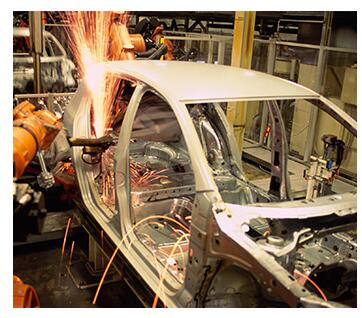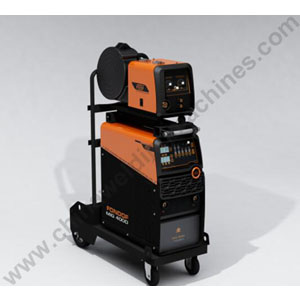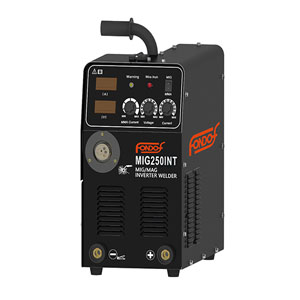When to Use Pulse for TIG Welding
 10. 23, 2021
10. 23, 2021
TIG welding with pulsing is most commonly used on thin metals such as aluminum, but can also be used on copper and various steels. Pulsing can be set by the foot pedal or as a setting on the TIG welder, but when should I use pulsing? There are some very specific applications for pulsing with a TIG welder, and sometimes it can come in handy to get the job done better. Here are some TIG welding applications that use pulsing.

When you need a neat weld seam
Pulsed welds are an easy way to create smooth, clean welds for TIG welding applications. Putting yourself in a steady pulsing rhythm is the ideal way to keep moving the puddle forward or moving the cup along the weld seam.
TIG welding is most often used when errors are minimal and the metal is exceptionally thin. By pulsing along the weld seam, you can adjust the amount of filler metal added, distribute it evenly, and create an aesthetically pleasing weld seam.
High-speed pulses move faster
With some practice, many welders can weld effectively at a high speed of 150 pulses per second, creating a neat weld in less time. You won't want to try faster pulse speeds if you're not used to them, but many welders prefer to move very slowly or very fast to create a steady rhythm. Pulses of about 20 per second cause some welders to create uneven, speckled welds.
This is especially useful on the fabrication floor, where you see many of the same metal pieces over and over again. If you master the speed required to move on each piece, then you can likely increase the pulse rate to improve weld speed.
Welding along edges or holes
If you need to make a fast, clean weld without breaking an edge or filling a hole with filler metal, pulsing is another great way to give you extra control and accuracy in difficult weld locations. Without a good steady pulse during TIG welding, heat can build up and start to melt the metal.
If you're in a tight spot and you don't have enough room to maneuver, a pulsed TIG welder is a way to slide along the weld, adding filler metal as you go without worrying about introducing too much heat and filler. If this is a particularly tight spot, you can choose a shorter flashlight with a small head that can fit into a variety of spaces. With TIG welding, you can get to tight spots better than with a stick welder, and you can control the filler metal input better than with MIG, making it an excellent choice for particularly challenging welds.
Better control of heat
TIG pulses are designed to improve your control when you don't want to burn through a metal part. Using a pedal or setting pulse will moderate the heat during welding and ensure that there is enough heat in the joint without placing a lot of filler metal in the joint or burning through the metal.
Too much metal in a welded joint can cause problems with your welding project because you have to stop and grind it up and clean the metal before you can start welding again. The pulse setting allows you to better control the welding process without compromising the strength and integrity of the weld.



























